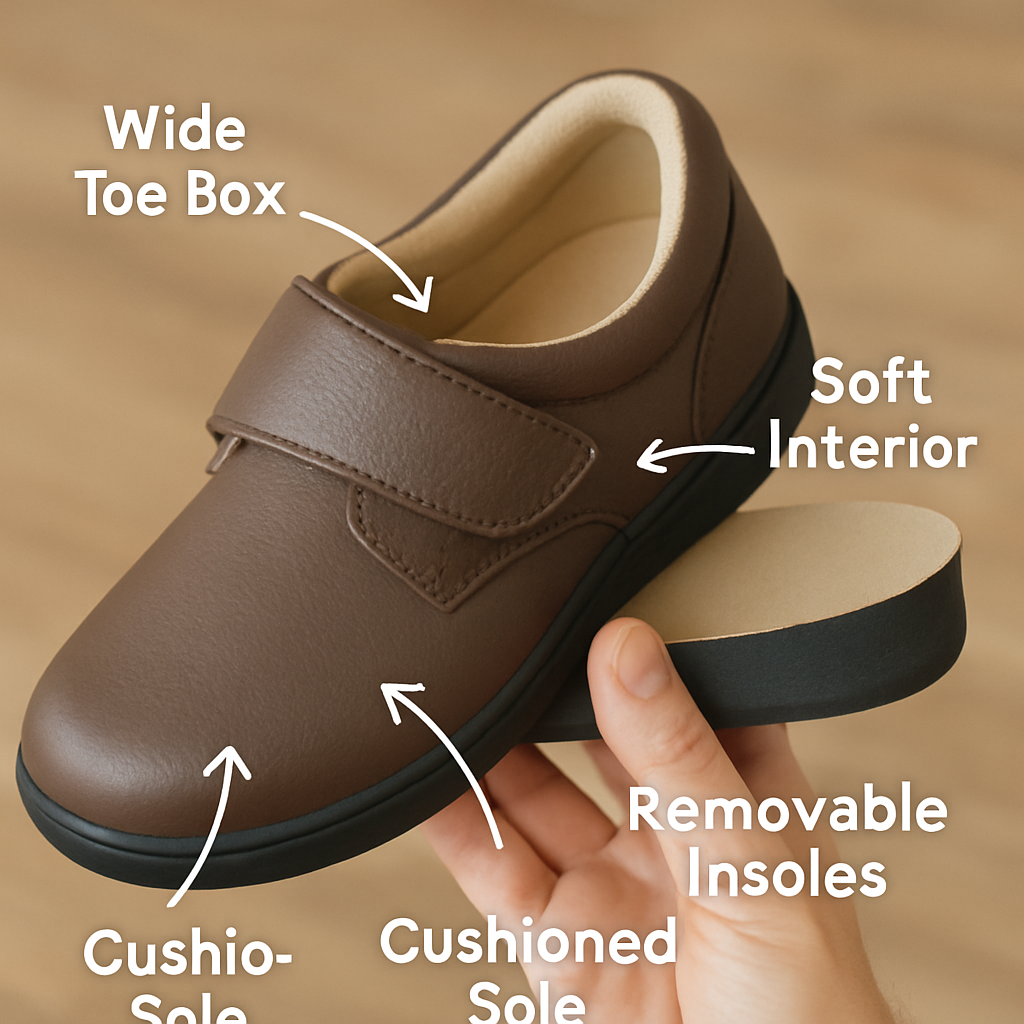Living with neuropathic pain can be a challenging experience. This type of pain, arising from nerve damage, can manifest in various forms and often requires a multifaceted approach for management. This article explores effective strategies for neuropathic pain relief, providing insight into the condition and offering viable treatment options.
 Understanding Neuropathic Pain
Understanding Neuropathic Pain
Neuropathic pain is a complex, chronic pain state usually accompanied by tissue injury. In neuropathic pain, the nerve fibres themselves might be damaged, dysfunctional, or injured. These damaged nerve fibres send incorrect signals to other pain centres. The impact of nerve fibre injury includes a change in nerve function both at the site of injury and in areas around it.
Types of Neuropathic Pain
Neuropathic pain can take various forms, making it essential to understand its types for effective treatment:
-
Peripheral neuropathy: This involves damage to peripheral nerves and can result from diabetes, infections, or physical injuries.
-
Central neuropathic pain: This occurs due to damage to the central nervous system, such as after a stroke or spinal cord injury.
-
Complex regional pain syndrome (CRPS): A type of chronic pain that usually affects an arm or a leg, developing after an injury, surgery, stroke, or heart attack.
Neuropathic Pain Examples
Understanding examples of neuropathic pain can help in identifying and managing it effectively:
-
Diabetic neuropathy: Nerve damage caused by high blood sugar levels in diabetes.
-
Postherpetic neuralgia: Pain following an outbreak of shingles.
-
Trigeminal neuralgia: Severe facial pain due to irritation of the trigeminal nerve.
 Neuropathic Pain Management
Neuropathic Pain Management
Managing neuropathic pain often requires a combination of treatments tailored to an individual's specific situation. Here are some effective strategies:
Medications
Medications are often the first line of treatment. Some commonly used drugs include:
-
Antidepressants: Such as amitriptyline or duloxetine, can help relieve pain.
-
Anticonvulsants: Medications like gabapentin and pregabalin can be effective in treating nerve pain.
-
Topical treatments: Lidocaine patches or capsaicin cream can be applied directly to the affected area of skin.
Injections for Neuropathic Pain
In some cases, doctors might recommend injections to manage neuropathic pain:
-
Nerve blocks: These involve injecting anaesthetic near the nerves to block pain signals.
-
Steroid injections: These can reduce inflammation and pain in affected areas.
Physical Therapy
Physical therapy can be beneficial in managing neuropathic pain by improving mobility and reducing discomfort. Therapists might use exercises, massage, or heat and cold therapy to relieve pain.
The Role of Footwear in Managing Diabetic Neuropathy
For individuals with diabetic neuropathy, proper footwear is crucial. Wearing the right shoes can prevent injuries and reduce pain.
Diabetic Footwear
Diabetic footwear is designed to protect feet and reduce the risk of skin breakdown, particularly in cases of poor circulation, neuropathy, and foot deformities. Features of diabetic shoes include:
-
Seamless interiors: To prevent friction and skin irritation.
-
Extra depth: To accommodate custom orthotic insoles.
-
Cushioned soles: To provide shock absorption.
Choosing the Right Neuropathy Shoes
When selecting neuropathy shoes, consider the following:
-
Fit: Ensure the shoe fits well without being too tight or too loose.
-
Support: Look for shoes that offer good arch support and stability.
-
Breathability: Shoes should allow airflow to keep feet dry and comfortable.
Lifestyle Changes for Neuro Pain Relief
In addition to medical treatments and proper footwear, lifestyle changes can play a significant role in managing neuropathic pain.
Diet and Nutrition
A balanced diet rich in vitamins and minerals can support nerve health. Foods high in B vitamins, omega-3 fatty acids, and antioxidants can be particularly beneficial.
Stress Management
Stress can exacerbate neuropathic pain, so incorporating stress-reducing techniques like meditation, yoga, or deep breathing exercises can be helpful.
Regular Exercise
Engaging in regular physical activity can improve overall health and reduce pain. Low-impact exercises such as swimming, cycling, or walking can strengthen muscles and enhance flexibility without putting too much strain on the body.
Conclusion
Managing neuropathic pain requires a comprehensive approach that includes medical treatments, lifestyle changes, and the use of supportive footwear. By understanding the meaning and types of neuropathic pain, you can better navigate the available options and work towards effective pain relief. Consult with healthcare professionals to tailor a treatment plan that best suits your individual needs and start on the path to a more comfortable life.








